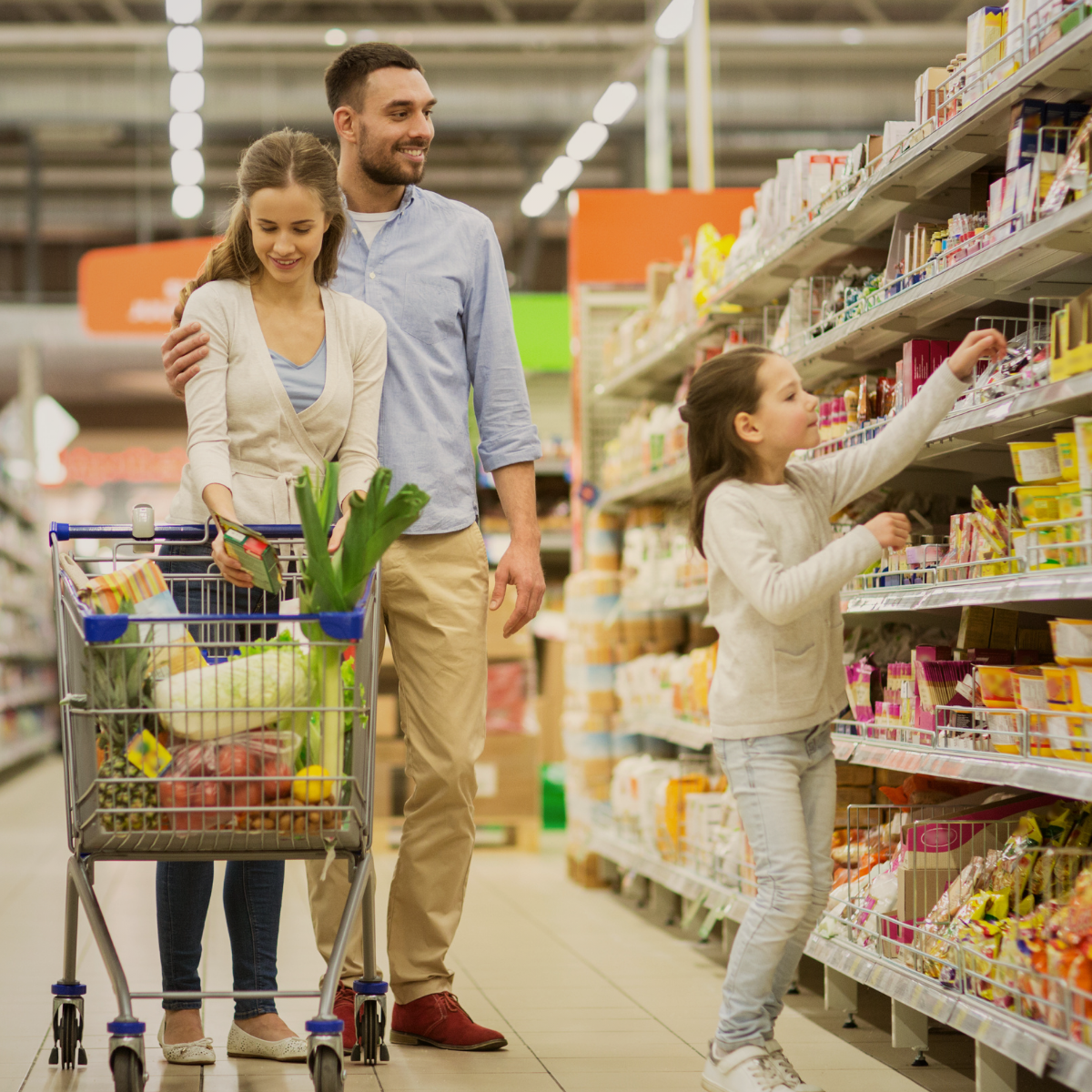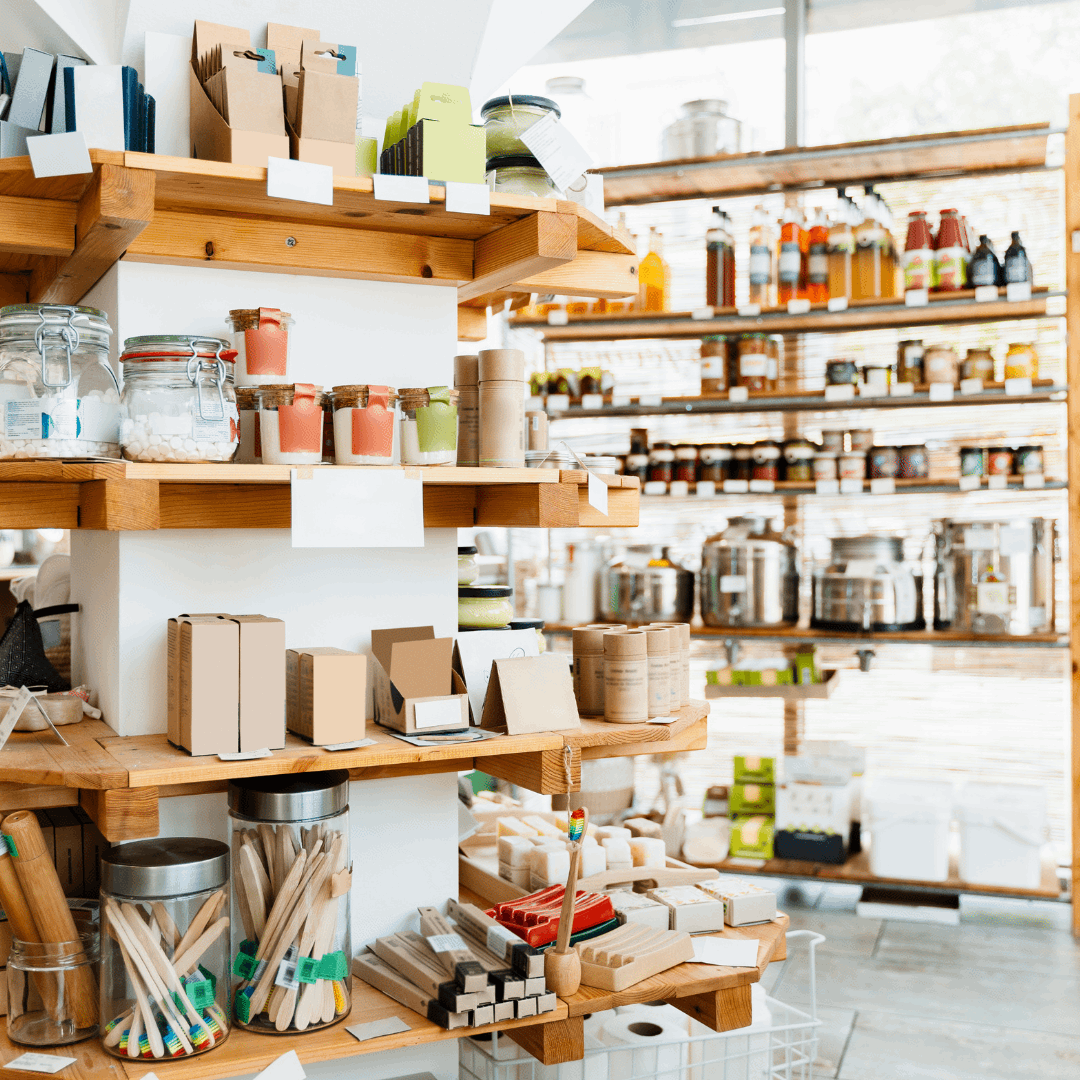Generating sustainable growth can be a challenge for an early-stage brand in any industry, especially consumer packaged goods. Competition within major retailers like Walmart, eCommerce options like Amazon, or big brand names like Coca-Cola is fierce, and it can be hard for the little guy to get a word in edgewise. That’s why it’s important for these emerging brands to know their industry inside and out.
What is CPG if not an adaptable market? When CPG food companies pay attention to consumer behavior and trends in the marketplace, they can often adapt their sales and marketing campaigns to capitalize on the changing landscape. It’s not always enough just to pivot your efforts, though. You need to make strategic decisions to address new customers and changing consumer demand to make the most of your market.
Let’s take a deeper look at some recent CPG industry trends and how you can strategically cater to them.
An Overview of CPG Industry Trends
The CPG industry is a quick-moving one, and many CPG food companies were drastically impacted by the COVID-19 pandemic. Well-oiled production processes were brought to a grinding halt when consumer spending shifted, then came back at roaring speeds with the increased interest in CPG food products. Suddenly, packaged goods were the only safe way to go and seemingly everyone turned to CPG for the solution.
CPG brands are still finding ways to capitalize on this shift in the market. Marketers are finding new ways to describe their products that better align with new customer concerns, such as sustainability and the quality of ingredients.
Whether you’re selling household products, cleaning products, durable goods, or packaged food, there are few things consumers are looking for specifically from CPG brands:
- Purposeful brands
Consumers want to be part of brands that stand for something that aligns with their personal values and beliefs. Supporting local, social, or ecological causes can help to generate a loyal customer base who is interested in who you are, not just what you sell.
- Sustainability
Climate change and its effects are consistently in the news, so reducing your carbon footprint can mean a lot to eco-conscious consumers. People are looking for more recycled materials in their packaging and for companies with green initiatives that use materials that are less harmful to the earth.
- Business Diversity
Social justice is at the forefront of many millennial minds, and they’re quickly becoming the majority consumer demographic. Advertising and supporting businesses owned and operated by minority groups can attract a niche new audience of potential customers.
- Local products
Consumers are looking to support local businesses more than ever, so don’t forget to market to your community. Even a sticker that says “local” on your products can help them stand out and maximize the effectiveness of your shelf space.
- Going digital
Online CPG sales have spiked in the last two years and are continuing to grow as demand holds steady. To meet this increased need, efforts related to the CPG brand strategy must be focused on positioning the brand properly in the digital space, particularly through effective marketing and advertising.
Strategies for CPG Companies in the Age of eCommerce
As the majority age group of consumers shifts down to elder millennials, so changes the channels from which they gather information. There’s a shift to more omnichannel marketing with an increased focus on modern advertising strategies such as social media marketing, content marketing, and video marketing.
Instead of worrying about the best type of campaign for specific platforms, you can focus on big picture strategies to take home the digital win.
- Make Yourself Ubiquitous
With the internet at their fingertips, people are constantly bouncing around from social media platforms to websites to online stores, so your brand needs to be on all of these to have the best chance of being noticed. This creates multiple opportunities to put your product in front of different audiences, varying your online presence and giving you better insight into where your customers are active.
- Cozy Up to Consumers
The consumer goods industry can get great insight into their performance by interacting with their customers. Use social media as your direct line to consumers. You can inform them of new products, gather opinions, offer deals, and even sell products directly through social platforms. It’s also an incredibly easy way to gather retail data, monitor purchasing habits, and track changes in behavior among your followers.
- Find a Few Partners
It’s great if you can go it alone, but it’s not uncommon for CPG food companies to partner with each other for the greater good. Many emerging brands need a little help, so finding a partner in your space to help build brand awareness can be invaluable. It can also help reduce the financial burden when you’re first getting started.
- Revamp Your Offers
Don’t think deals, think bundles. Once you’re partnered with another company or supplier, you can cross-merchandised bundles with competitive pricing that appeal to the entire customer journey. For example, if you sell packaged protein bars, you could team up with someone who sells sustainable water bottles and offers a “hiker’s day out” snack pack.
How CPG Brands Can Capitalize on the Rise of Consumer Packaged Goods
As the demand for CPG food products increases, brands have to find a way to keep up and get ahead of the curve. They need to continue pursuing their partnerships with retail stores and big box stores while also expanding into the digital market. They need to remember the key aspects people are looking for in brands today. And most of all, they need to capitalize on this revitalization of the industry.
There are three things you can do to make sure your brand has every possible advantage and opportunity to mirror CPG growth.
The first is to simply predict behaviors. It may seem easier said than done, but all you really need is accurate retail data. The pandemic probably provided lots of interesting insights into what your customers value most and how their buying habits have shifted. Use those data points to inform your future strategic decisions so instead of following them to new channels, you’re there to greet them when they arrive.
The next way to capitalize is to transform your brand. You don’t want people looking at your homepage and wondering, “What is CPG brand?” You want them to instantly know how you solve a problem in their life. This doesn’t mean you need an entire marketing overhaul; it just means rethinking your marketing campaigns and messaging to fit with emerging consumer behavior.
Finally, your brand can sustain growth by being flexible. Things change quickly—as we all saw in 2020—so your brand needs to be able to adjust at a moment’s notice. Don’t let yourself get bogged down in one way of thinking that maybe has worked for years or is working for now. Stay open-minded to new techniques that might better target consumers as their buying habits change with new technologies. Allow yourself room to grow and scale in digital areas as well as brick and mortar stores to reach your full potential.
Let’s review the important takeaways:
- The CPG industry is on the rise due to swiftly changing consumer behavior and demand.
- Utilizing strategies such as dominating the digital space, interacting with customers, partnering with other companies, and revamping your offers can help you cater to those changing customers.
- Practice positive advertising techniques to better appeal to and target potential customers, as well as allowing your brand room to grow.
At VDriven, we partner with CPG food companies to help them become the best they can be. Reach out to us today to learn more about our food business consulting services and see how we can help drive CPG growth.
Vdriven
VDriven is a CPG partner for modern brands that improve our daily lives. We fuel your growth and innovation by giving you strategies and support in every phase of the retail process.






